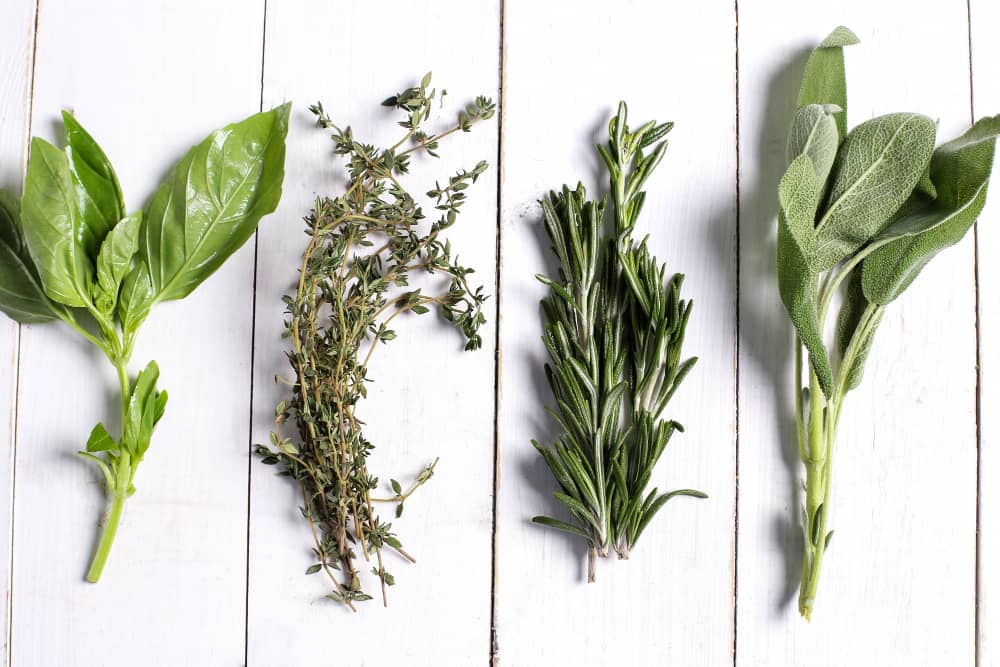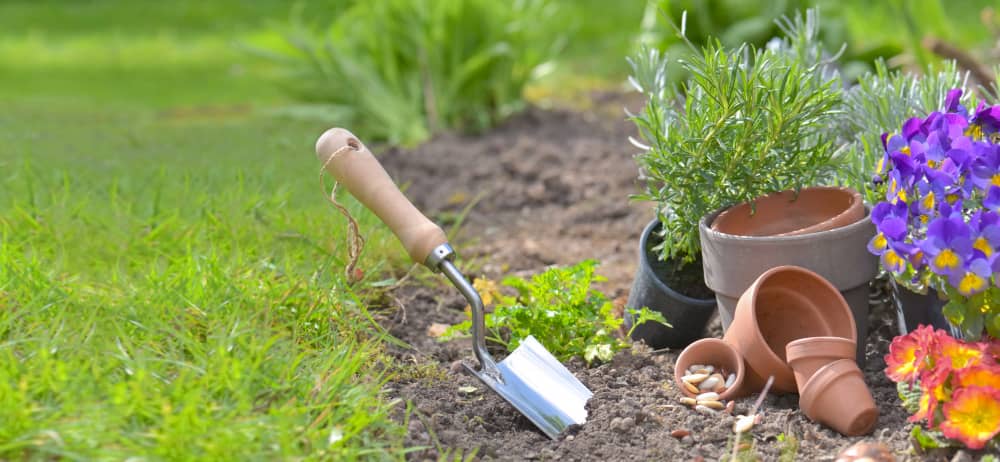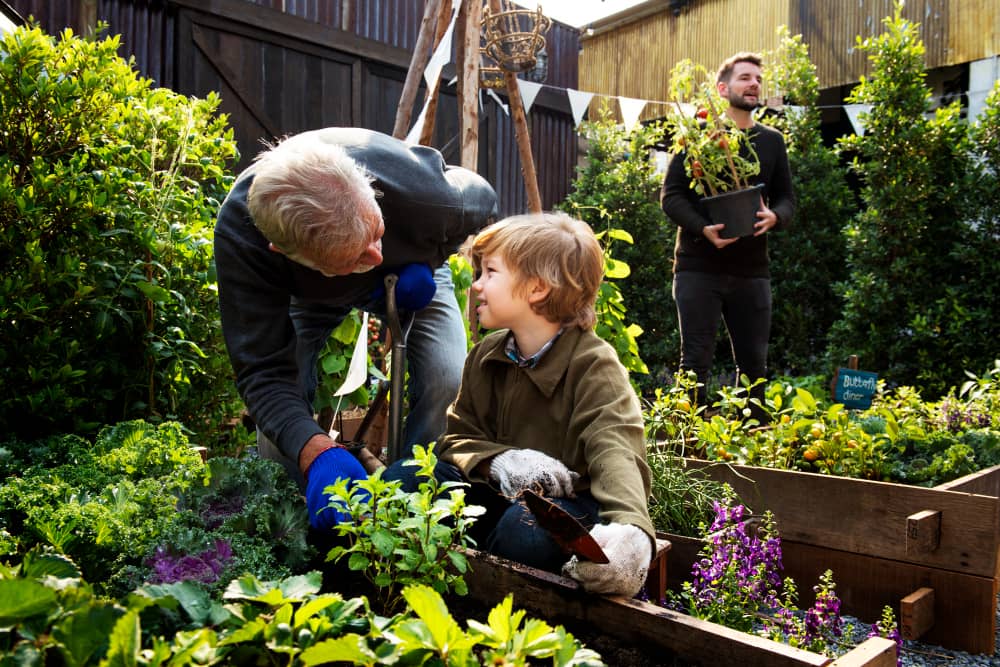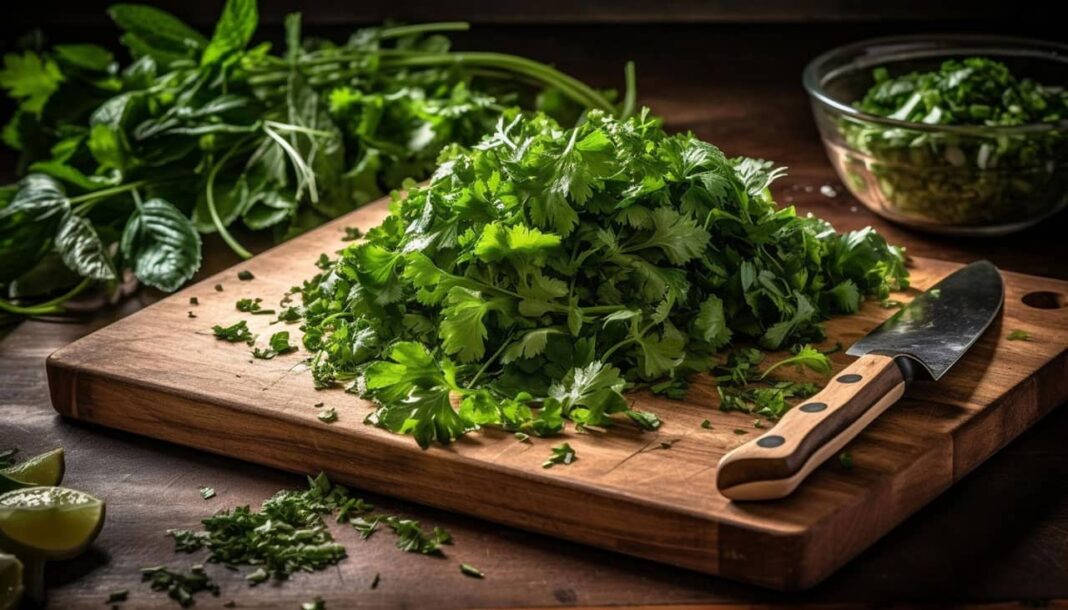This article will explore some of the most popular herbs and spices you can grow at home, transforming your kitchen into a fragrant oasis of culinary possibilities.
Growing herbs and spices at home can be an enriching and satisfying experience. Not only will you have fresh, organic ingredients at your fingertips, but you will also learn about the different varieties you can use in your cooking. Growing herbs and spices can also have many health benefits, from improving digestion to helping with inflammation.
Cultivating herbs and spices is easy for beginners in gardening. You don’t need a vast area or exceptional skills; just a small space, patience, and the right know-how will suffice. With the correct guidance and techniques, you can swiftly establish your herb and spice garden.
This article overviews the different herbs and spices you can grow at home. Join us as we explore the most effective approaches to prepping your garden, cultivating an array of flavorful herbs and spices, and ensuring optimal care for your plants to reap a bountiful harvest. Furthermore, we will delve into the versatile uses of these aromatic ingredients and their potential positive impact on your well-being.
By the end of this article, you’ll be ready to start your own herb and spice garden and reap the rewards that come with it. You’ll have access to fresh, organic ingredients and a deeper understanding of the different varieties of herbs and spices you can grow and use in your cooking. So let’s get started!

Herbs and Spices You Can Grow at Home
Growing herbs and spices at home can be an enjoyable and rewarding experience. A wide array of herbs and spices can be grown in the comfort of your home. From parsley to mint, you can create a bountiful garden that will add flavor and nutrition to your dishes. Here is a list of 10 herbs and spices you can grow at home.
Parsley: Parsley is a bright green herb often used to garnish dishes. It has a mild, slightly bitter flavor and contains essential vitamins and minerals. Parsley is a hardy biennial plant that can quickly be grown in pots or containers. Make sure to place parsley in a sunny spot with well-draining soil.
Chives: Chives are a popular herb used in cooking. They are a member of the onion family and have a mild onion flavor. Chives are easy-to-grow herbs planted in the garden or grown in containers. They prefer a sunny location and rich, moist soil.
Rosemary: Rosemary is an herb with an intense flavor that is used in a variety of dishes. It is often used to flavor meats and vegetables. This herb is an excellent choice for container gardening. Make sure to provide rosemary with full sun and well-drained soil.
Oregano: Oregano is a popular herb used in Italian and Mediterranean cuisine. Its strong, pungent flavor can add flavor to sauces and marinades. Oregano is a hardy perennial that grows best in an area with plenty of sunlight and well-drained soil.
Basil: Basil is an herb with a sweet, aromatic flavor that is used in many dishes. It is a tender annual that does best in a warm, sunny spot with well-drained soil. Basil is often used in pesto and sauces.
Thyme: Thyme is a hardy herb with a mild, lemony flavor. It is used to flavor meats and vegetables. It does best in full sun and well-draining soil.
Sage: Sage is a flavorful herb with a slightly bitter taste. It is often used in poultry, stuffing, and other dishes. Sage is a hardy herb that does best in full sun and well-draining soil.
Dill: Dill is an herb often used in pickling and to flavor soups and sauces. It has a mild, sweet flavor and is an excellent addition to any garden. Dill is a hardy annual that prefers a sunny spot and well-draining soil.
Mint: Mint is a flavorful herb widely used in drinks, desserts, and sauces. It is a hardy herb that prefers a sunny spot and moist, well-drained soil.
Marjoram: This hardy annual herb often flavors meats and vegetables. Its mild, sweet flavor makes it an excellent addition to any garden. Marjoram prefers full sun and well-draining soil.
Growing herbs and spices at home can be a great way to add flavor to your dishes. With the right location and soil, you can have a bountiful garden that will provide fresh herbs and spices all year round.

Preparing Your Garden
Growing herbs and spices at home can be a rewarding experience. However, to ensure a successful harvest, you need to prepare your garden correctly. Here are the steps to get started.
Selecting a Location: When selecting a location for your herb and spice garden, choose an area that receives at least six hours of sunlight daily. It should also be protected from strong winds and other harsh weather conditions. Consider installing a trellis to provide extra support to your plants.
Creating the Right Soil: Good soil is essential for growing herbs and spices. Loamy soil is ideal, but sandy soils can also be used. Organic matter like compost and peat moss should also be added to improve the soil’s texture and water-holding capacity.
Nurturing the Soil: Once you’ve prepared suitable soil, enable it. This involves adding essential nutrients such as nitrogen, phosphorus, potassium, calcium, magnesium, and sulfur. You can do this by adding fertilizer or by applying compost. For herbs and spices to thrive, your soil should be slightly acidic, with a pH of 5.5 to 6.5. You can purchase soil testing kits to determine your soil’s pH and make the necessary adjustments.
Choosing the Right Containers: If you don’t have access to an outdoor area, you can still grow herbs and spices at home. It would be best if you chose the proper containers. Clay pots are ideal because they are porous and allow air and water to move through them. Plastic containers and window boxes are also great options.
Once you’ve chosen the right location and prepared the soil, you can plant your herbs and spices. With some knowledge and the right supplies, you’ll soon be reaping the rewards of your labor.
Planting Your Herbs and Spices
Gardening is a beautiful way to enjoy nature while growing herbs and spices. Planting and caring for herbs and spices can be an enriching experience, from the taste of freshly grown herbs and spices to the satisfaction of growing these plants yourself. Here are some tips and tricks for planting and harvesting herbs and spices you can grow in your home garden.
Selecting a Location: When choosing a location to plant your herbs and spices, pick a spot with plenty of sunlight and good soil drainage. Indoor plants should get at least 6 hours of sunlight a day. Consider building a raised bed outside with soil specially designed for herbs and spices. This will help ensure the proper nutrient balance and soil drainage.
Preserve Moisture: Before planting, lay down a layer of mulch or compost to help the soil retain moisture and provide additional nutrition. If you’re using soil from your garden, mix it with compost or other organic matter to ensure the soil is rich in nutrients and well-drained.
Understanding Planting Time: Knowing when to plant herbs and spices is essential for successful planting. In the spring, it is best to wait until the danger of frost has passed before you plant outside. Depending on the plant, some herbs and spices can also be grown in the fall.
Planting Technique: When planting your herbs and spices, make sure you dig a hole slightly more significant than the root ball and that the soil is well-packed. You should also ensure that the soil is at the same level or somewhat higher than when the plant was in the container.
Watering Techniques: Once the herbs and spices are planted, water them deeply and regularly. This will help the plants establish a deep root system. When watering, ensure that the water reaches the soil and not the plants’ leaves.
By following these steps, your herbs and spices will be on their way to a healthy and bountiful growing season. With the suitable soil, planting, and watering techniques, you will be on your way to enjoying your own freshly grown herbs and spices.

Caring for Your Herbs and Spices
When growing herbs and spices at home, you may think the hard part is done once you have planted them. But, in reality, caring for your herbs and spices requires your attention and effort to ensure your plants remain healthy and productive. Here are a few tips to help you properly care for your herbs and spices you can grow.
Composting: Composting is a great way to add vital nutrients to the soil where your herbs and spices are growing. It also helps improve the soil texture, which is essential for healthy plant growth. For best results, compost should be added to the soil every two to three months.
Pruning Techniques: Regularly pruning your herbs and spices is essential for controlling their size and shape and improving air circulation. Pruning is also necessary for preventing disease and keeping your herbs and spices productive. Pruning should be done before the growing season begins and then again during the season to maintain your plants’ desired size and shape.
Mulching: Adding a layer of mulch around your herbs and spices is an effective way to help them retain moisture and protect their roots from extreme weather conditions. Mulch also helps to reduce weeds, which can compete with your herbs and spices for nutrients and water.
By following these simple steps, you can be assured that your herbs and spices will remain healthy and productive. With regular care and attention, you can enjoy the rewards of growing your herbs and spices at home.
Harvesting and Using Your Herbs and Spices
Harvesting your herbs and spices is an exciting time. Knowing when to collect them is essential to ensure you get the maximum flavor and aroma from each herb or spice. Different varieties of herbs and spices need to be harvested in various ways. For example, herbs such as parsley and oregano should be harvested when they are in full bloom, while herbs like sage, thyme, and rosemary should be harvested before they flower. All herbs and spices should be harvested during the cooler hours of the day so they retain their flavor and aroma.
Proper storage is essential to ensure freshness and flavor once you have harvested your herbs and spices. Herbs and spices can be dried, frozen, or stored in an airtight container for future use. When drying herbs, spread them in a single layer on a flat surface in a well-ventilated area. You can also hang herbs and spices to dry, but this may cause them to lose some flavor and aroma. Freezing is another excellent way to preserve herbs and spices but store them in an airtight container or bag.
Using freshly harvested herbs and spices is an exciting part of the process. Herbs and spices can be used in various dishes, from soups and stews to pizzas and salads. In addition, herbs and spices can infuse the flavors of your favorite dishes. They can make flavorful teas, infused oils, marinades, and more. They can also be used in craft projects, such as homemade soaps, candles, and potpourri.
When cooking with herbs and spices, remember that fresh herbs and spices are more potent than dried ones, so you will need to use less. Because of this, fresh herbs and spices are best used near the end of the cooking process. For dried herbs and spices, check the expiration date before using.
Finally, herbs and spices can also be used in medicinal and healing remedies. Herbal teas can help relieve stress, while certain herbs and spices can help fight off colds and other illnesses.
Harvesting and using herbs and spices is an exciting process. With proper harvesting and storage techniques and knowledge of their different uses, you can enjoy the flavors and aromas of these fantastic plants in your home cooking and craft projects.
Conclusion
In conclusion, growing herbs and spices at home is not only a rewarding and cost-effective hobby but also a practical way to enhance the flavors of your meals. Whether you have a large garden or just a tiny balcony, numerous options are available for starting your herb garden.
By growing these plants yourself, you can ensure they are free from harmful chemicals and pesticides. Additionally, the convenience of having fresh herbs at your fingertips will elevate your culinary experiences to new heights. So why wait? Start planting today and embark on a flavorful journey right in your backyard!
Post Disclaimer
The information contained in this post is for general information purposes only. The information is provided as is and while we endeavour to keep the information up to date and correct, we make no representations or warranties of any kind, express or implied, about the completeness, accuracy, reliability, suitability or availability with respect to the website or the information, products, services, or related graphics contained on the post for any purpose.
These statements have not been evaluated by the FDA and are not intended to diagnose, treat, cure or prevent any disease or health condition. If you have specific healthcare concerns or questions about the products displayed, please contact your licensed healthcare professional for advice or answers.


